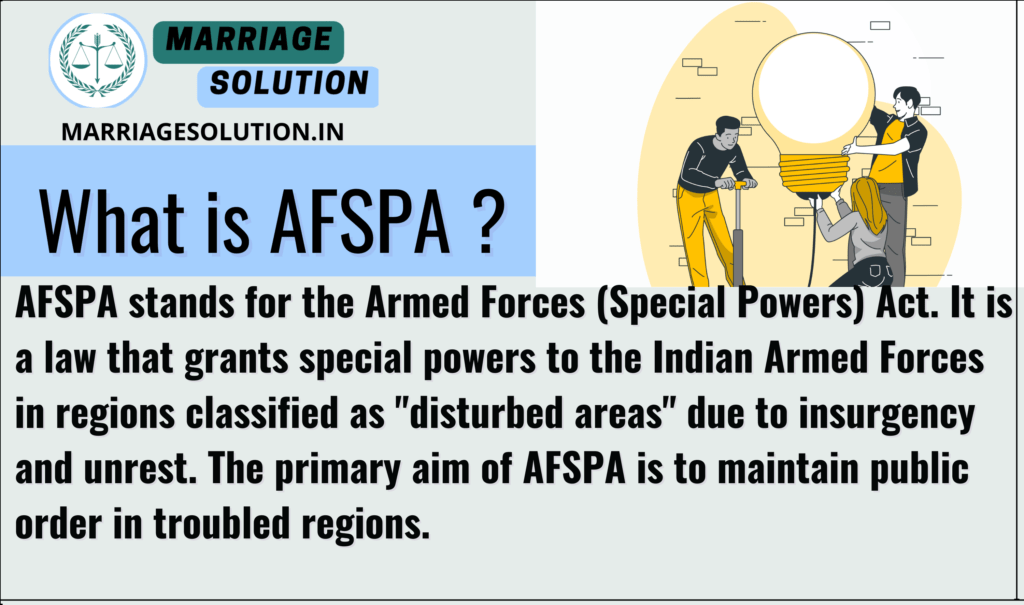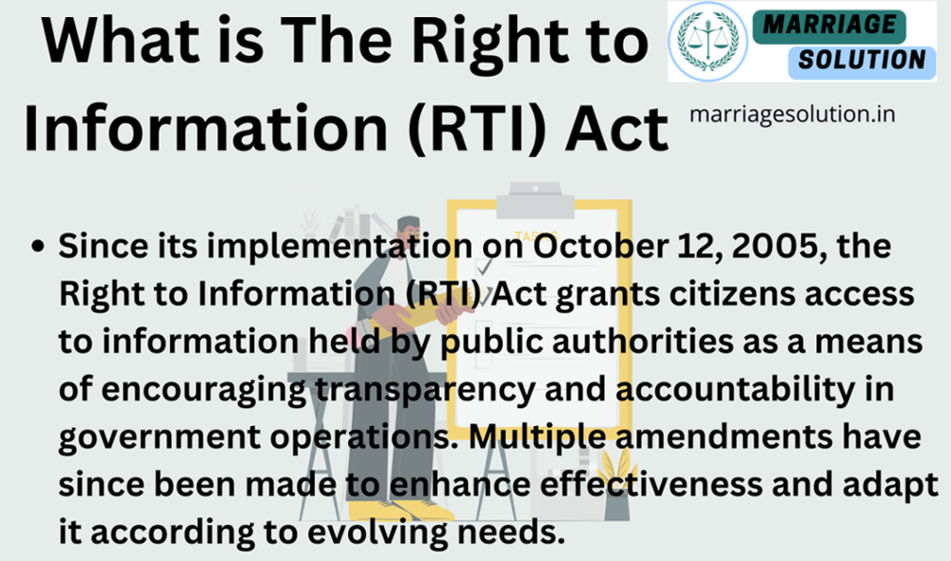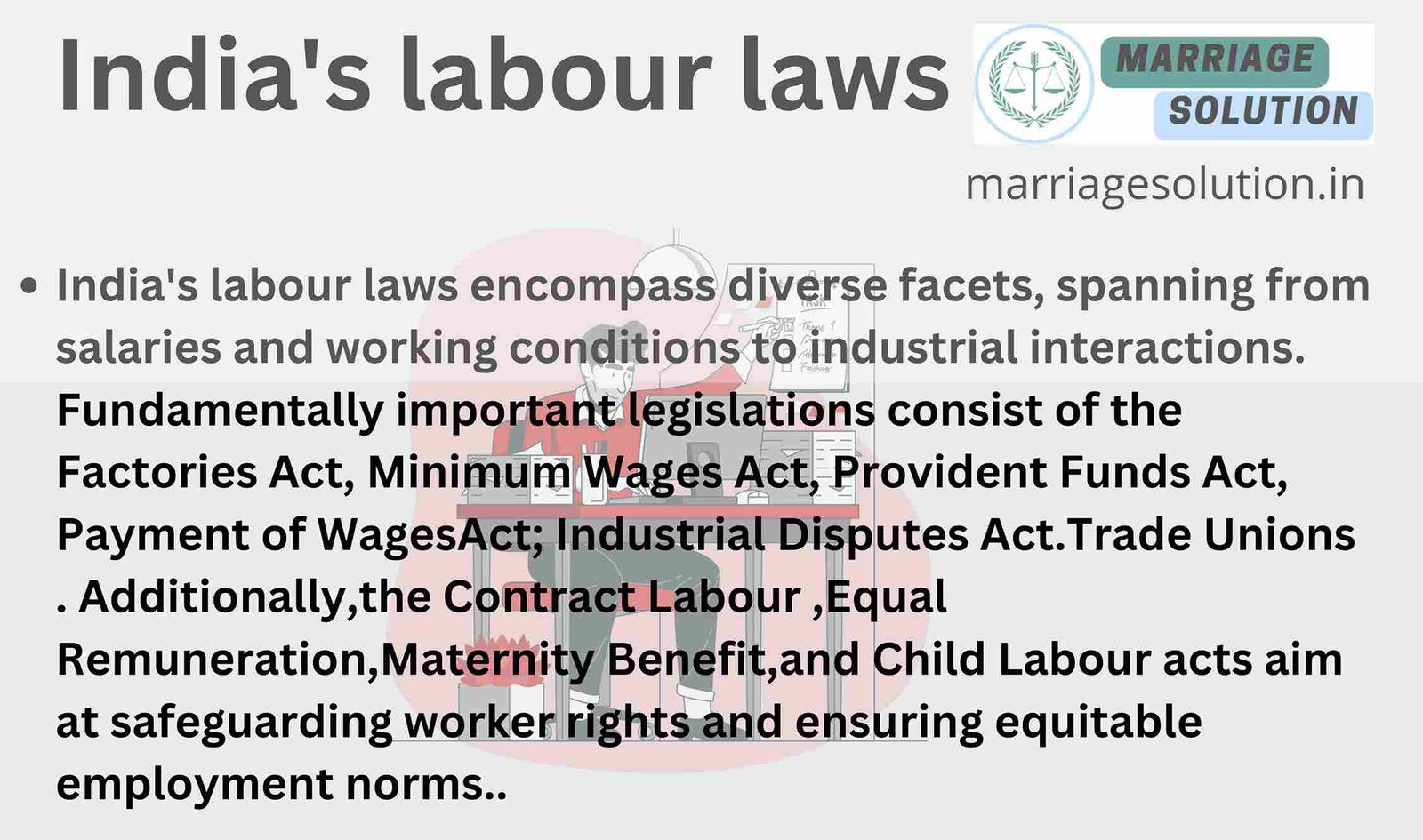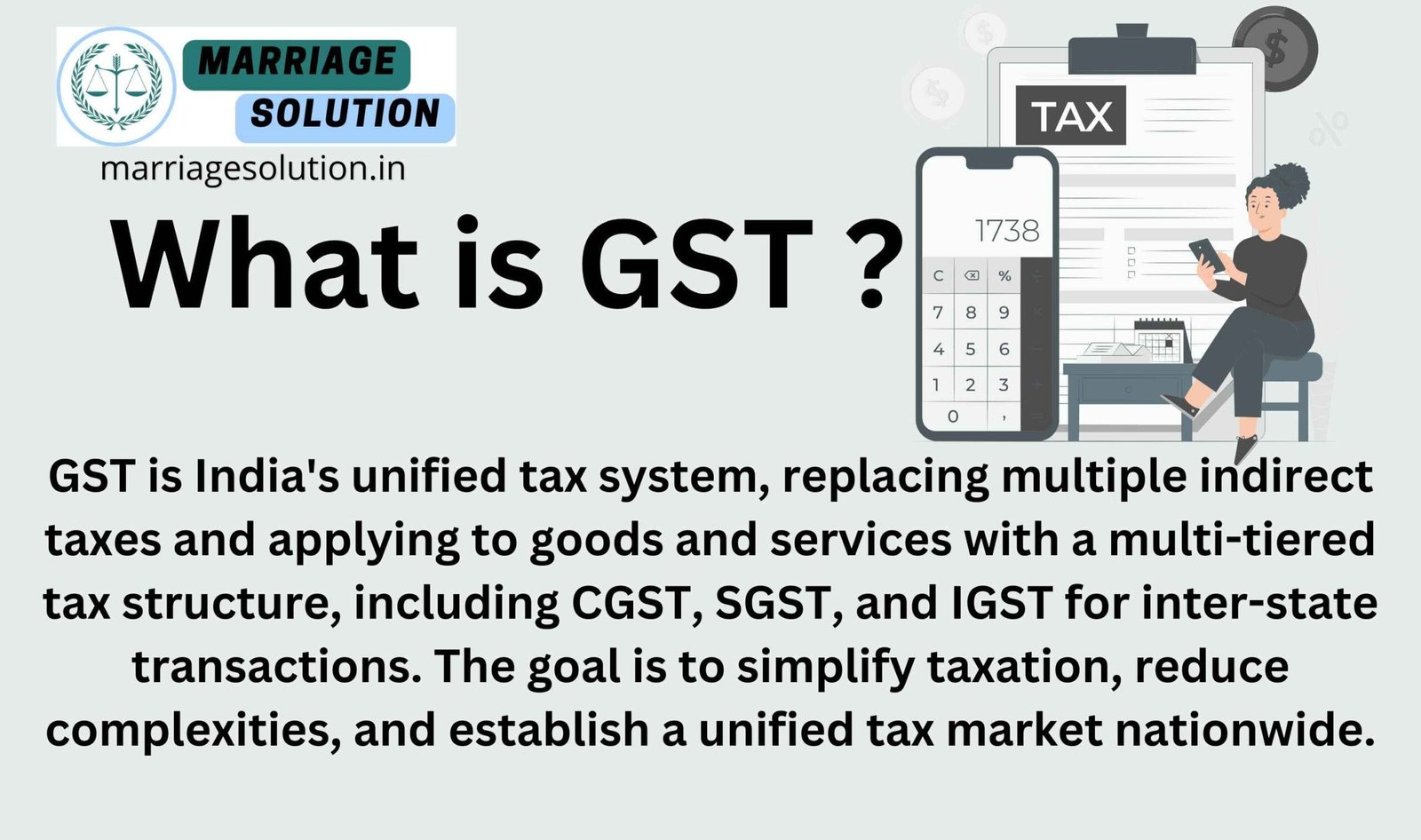What is AFSPA Act?
AFSPA stands for the Armed Forces (Special Powers) Act. It is a law that grants special powers to the Indian Armed Forces in regions classified as “disturbed areas” due to insurgency and unrest. The primary aim of AFSPA is to maintain public order in troubled regions.

Historical Background of AFSPA
The Armed Forces (Special Powers) Act, commonly known as AFSPA, has a significant historical background tied to India’s efforts to maintain public order and combat insurgency in various regions. Below are the detailed points explaining the different versions of AFSPA implemented over the years:
1. Armed Forces Special Powers (Assam and Manipur) Act, 1958
- Introduction: The AFSPA was first introduced in 1958, specifically targeting the states of Assam and Manipur, which were facing severe insurgency issues at the time.
- Purpose: The primary aim was to empower the armed forces to tackle the insurgent activities and restore normalcy in these regions.
- Provisions: This act allowed the armed forces to arrest individuals without a warrant, search premises without a warrant, and use force if necessary to maintain order.
- Significance: It marked the beginning of a legal framework that provided special powers to the military to operate in civilian areas under certain conditions.
- Impact: The act helped in curbing insurgent activities, but also led to controversies and allegations of human rights violations.
- Current Status: The act is still in force in parts of Assam and Manipur, with periodic reviews and modifications based on the security situation.
2. The Armed Forces (Punjab and Chandigarh) Special Powers Act, 1983
- Introduction: In response to the rising insurgency in Punjab during the early 1980s, the AFSPA was extended to Punjab and Chandigarh in 1983.
- Purpose: The aim was to empower the armed forces to counter the increasing militant activities and restore peace and order in the region.
- Provisions: Similar to the 1958 act, this version allowed the military to conduct arrests and searches without warrants and use necessary force.
- Significance: This act underscored the government’s commitment to tackling insurgency with stringent measures, reflecting the grave security situation in Punjab at the time.
- Impact: The act played a crucial role in curbing militant activities, but it also faced criticism for alleged excesses and human rights violations.
- Current Status: The act was eventually repealed in 1997 as the security situation in Punjab improved significantly.
3. The Armed Forces (Jammu and Kashmir) Special Powers Act, 1990
- Introduction: Due to escalating militant activities and insurgency in Jammu and Kashmir, the AFSPA was introduced in this region in 1990.
- Purpose: The act aimed to grant special powers to the armed forces to combat militancy and restore order in the troubled state.
- Provisions: It provided the armed forces with the authority to arrest, search, and use force without a warrant, similar to the previous versions of AFSPA.
- Significance: This act highlighted the severe security challenges faced by Jammu and Kashmir and the need for extraordinary measures to address the situation.
- Impact: While the act has been instrumental in countering insurgency, it has also been a subject of intense debate and controversy due to allegations of human rights abuses.
- Current Status: The act is still in force in Jammu and Kashmir, with ongoing debates about its necessity and calls for its repeal or amendment based on the evolving security situation.
AFSPA Full form
Armed Forces (Special Powers) Act
Important Provisions of the AFSPA Act
The Armed Forces (Special Powers) Act (AFSPA) grants special powers to the Indian armed forces in regions declared as “disturbed areas.” Here are the key provisions of the AFSPA Act, explained in detail:
Section 3: Declaration of Disturbed Areas
- Authority: The Central Government or the Governor of a State has the power to declare an area as “disturbed.” This means they have identified the area as facing severe security issues that require intervention by the armed forces.
- Criteria: The declaration is made when the situation in the area is such that the use of armed forces becomes necessary to assist the civil authorities in maintaining law and order.
- Effect: Once an area is declared as “disturbed,” the armed forces can operate with special powers granted under the AFSPA, aimed at restoring peace and preventing violence.
Section 4: Powers of the Armed Forces
- Arrest Without Warrant:
- Provision: Officers in the armed forces can arrest anyone without needing a warrant if they suspect the person has committed or is about to commit a serious crime.
- Criteria: The suspicion must be reasonable, and the arrest is made to prevent any potential threat or to detain someone involved in unlawful activities.
- Search and Seizure:
- Provision: Armed forces can enter and search any property without a warrant. This includes private homes, buildings, or any premises where they believe illegal activities are taking place.
- Purpose: This power is used to locate and apprehend individuals, recover stolen or hidden property, or seize illegal weapons and ammunition that could be used in violent activities.
- Use of Force:
- Provision: The armed forces are allowed to use force, which can include opening fire, to maintain public order. This can extend to causing death if absolutely necessary.
- Criteria: Force can be used after giving a warning and is aimed at controlling situations where there is a threat to public safety or where violent activities are occurring.
- Destruction of Arms Dumps:
- Provision: Armed forces can destroy places like arms dumps, fortified positions, or shelters where they believe weapons or armed individuals are hiding.
- Purpose: This is to prevent these places from being used for launching attacks or continuing violent activities, thereby securing the area and reducing the threat.
Section 5: Handing Over Arrested Persons
- Transfer to Police:
- Provision: After arresting someone, the armed forces must hand over the individual to the nearest police station as soon as possible.
- Purpose: This ensures that the arrested person is processed through the regular legal system, upholding legal procedures and rights while allowing the police to continue with further investigations and legal action.
Section 6: Legal Immunity for Armed Forces
- Immunity from Prosecution:
- Provision: Members of the armed forces are protected from being prosecuted for actions taken under AFSPA while performing their duties.
- Approval Requirement: Legal proceedings against armed forces personnel can only be initiated with the prior sanction of the Central Government, providing an additional layer of protection and ensuring that actions taken in the line of duty are not hindered by legal challenges.
Special authorities given to armed forces in troubled regions
Use of Lethal Force
- Security forces can use deadly force to maintain public order. This means they can shoot or use other force, even if it leads to death, against lawbreakers or armed individuals.
Arrest Without Warrant
- Officers can arrest anyone they suspect of committing a crime without a judge’s warrant. They don’t need to provide immediate evidence.
Enter and Search Without Warrant
- Security personnel can enter and search any place without a warrant. They don’t need the owner’s permission or a court order.
Search and Seizure
- Forces can search any vehicle, vessel, or aircraft they suspect of being used for illegal activities. They can seize any suspicious items.
Stop and Question
- Officers can stop and question anyone about their identity and movements. People must answer truthfully.
Destroy Structures
- Security forces can destroy any structure they believe is being used as a hideout, training camp, or for making bombs or weapons.
Detain Arrested People
- The act allows security forces to detain arrested individuals for longer periods before bringing them before a magistrate.
Protection from Prosecution
- Security personnel are protected from legal action for acts done under AFSPA. Any prosecution needs prior approval from the central government.
Declare Areas “Disturbed”
- The government can declare an area “disturbed,” allowing the use of these special powers.
Establish Prohibited Areas
- Forces can create zones where civilian movement is restricted or prohibited if necessary for operations.
How is DAA different from AFSPA?
DAA (Disturbed Areas Act) and AFSPA (Armed Forces Special Powers Act) are two different laws that are sometimes confused due to their application in areas experiencing unrest. Here’s a comparison of the two in simple terms:
- Purpose:
- DAA: Primarily aimed at controlling property transactions in disturbed areas.
- AFSPA: Gives special powers to armed forces to maintain public order in disturbed areas.
- Scope:
- DAA: Focuses on regulating sale, transfer, and lease of properties.
- AFSPA: Deals with broader security measures and military operations.
- Who enforces:
- DAA: Typically enforced by local civil authorities and police.
- AFSPA: Enforced by armed forces (army, air force, central paramilitary forces).
- Powers granted:
- DAA: Allows authorities to control property transactions, requires permission for property sales.
- AFSPA: Allows search without warrant, arrest without warrant, use of force, etc.
- Geographical application:
- DAA: Usually applied at a more local level, like specific districts or cities.
- AFSPA: Often applied to entire states or large regions.
- Duration:
- DAA: Can be applied for longer periods, often renewed annually.
- AFSPA: Initially applied for 6 months, but can be extended.
- Origin:
- DAA: Various states have their own versions, like Gujarat Disturbed Areas Act.
- AFSPA: Central law, originated in 1958 for northeastern states.
- Controversy level:
- DAA: Less controversial, though criticized for potential misuse in property matters.
- AFSPA: Highly controversial due to concerns about human rights violations.
- Main criticism:
- DAA: Criticized for potentially reinforcing segregation and affecting property rights.
- AFSPA: Criticized for giving too much power to armed forces and potential for misuse.
- Recent developments:
- DAA: Some states have been expanding its application in urban areas.
- AFSPA: There’s been a push to reduce areas under AFSPA in recent years.
Present situation and challenges of AFSPA and DAA across different regions of India
Current Situation
- Jammu and Kashmir
- Enforcement Since 1990: AFSPA has been in effect since 1990.
- Decline in Insurgency: Significant reduction in insurgency-related incidents.
- Government’s Stance: Considered essential for combating terrorism and maintaining peace.
- Local Perception: Viewed as a tool for excessive military power and human rights violations.
- Northeastern States
- Long-term Enforcement: States like Assam, Manipur, Nagaland, and parts of Arunachal Pradesh have been under AFSPA for decades.
- Complex History: Ethnic conflicts, insurgent groups, and autonomy demands.
- Mixed Security Outcomes: Some areas have improved, while others still face violence.
- Criticism: Allegations of human rights abuses by security forces.
Challenges
- Human Rights Violations
- Allegations: Reports of extrajudicial killings, torture, and arbitrary detention.
- Resentment: Widespread local resentment and damage to the armed forces’ reputation.
- Lack of Accountability
- Immunity: AFSPA provides immunity to military personnel.
- Prosecution Difficulty: Hard to prosecute for actions taken under AFSPA.
- Calls for Repeal: Strong demands for the repeal or amendment of the law.
- Prolonged Deployment
- Perception of Normalcy: Long-term presence creates a sense of normalcy under military rule.
- Criticism: Critics argue for political dialogue, development, and addressing root causes over military intervention.
- Impact on Civilian Life
- Disruption: Frequent security checks, curfews, and fear affect daily life.
- Hindrance: Economic and social development is hindered.
- International Criticism
- Human Rights: International organizations criticize India for retaining AFSPA.
- Global Image: These criticisms impact India’s global reputation regarding human rights and democracy.
Conclusion
- Balancing Act: AFSPA and DAA balance national security and human rights.
- Challenges Highlighted: Implementation highlights significant issues.
- Calls for Reform: Legal amendments, accountability mechanisms, and developmental policies are needed.
- Aim: Ensure security and justice for affected regions.
Supreme Court Guidelines 1998
Supreme Court Guidelines on AFSPA (1998)
In 1998, the Supreme Court of India issued important guidelines regarding the application and enforcement of the Armed Forces (Special Powers) Act (AFSPA). These guidelines were aimed at ensuring the law is applied in a manner that respects human rights and provides accountability. Here are the key points of these guidelines:
- Proclamation of Disturbed Area
- The central or state government must review the declaration of an area as “disturbed” every six months.
- Continuous assessment to determine whether the area should remain under AFSPA.
- Use of Force
- Armed forces are permitted to use force only when necessary and to the extent required for effective action.
- Minimum force should be used to maintain public order.
- Arrest and Detention
- Any person arrested and taken into custody must be handed over to the nearest police station with the least possible delay.
- Detailed records of the arrest and detention must be maintained.
- Search and Seizure
- Conducting searches and seizures should be done with respect for the dignity of the individuals and their property.
- Proper documentation and witnesses should be involved in the search process.
- Human Rights Violations
- Any allegations of human rights violations must be thoroughly investigated.
- Legal proceedings against armed forces personnel must be conducted transparently, ensuring accountability.
- Compensation
- Victims of abuse or their families must be compensated.
- Establishment of mechanisms to address grievances and provide redressal.
- Judicial Oversight
- Judicial review mechanisms should be available to ensure that the application of AFSPA is in line with legal and constitutional provisions.
- Regular monitoring by human rights commissions and courts.
- Training and Sensitization
- Armed forces personnel deployed in disturbed areas should receive adequate training and sensitization regarding human rights.
- Emphasis on the importance of restraint and respect for civilians.
- Role of State Government
- State governments should play an active role in monitoring the application of AFSPA.
- Regular communication and coordination between the central and state governments regarding the situation in disturbed areas.
AFSPA FAQs
What is the Armed Forces Special Powers Act (AFSPA)?
AFSPA is a law enacted by the Indian Parliament to grant special powers to the Indian Armed Forces in areas classified as “disturbed” due to significant insurgency or internal disturbances.
When was AFSPA enacted?
AFSPA was first enacted in 1958 to address the situation in the Northeastern states of India. It was later extended to Jammu and Kashmir in 1990.
What areas are considered “disturbed” under AFSPA?
Areas are declared “disturbed” based on the presence of significant internal disturbances, such as insurgency or terrorist activities, which threaten the security and sovereignty of the state.
Are there any regions where AFSPA has been withdrawn?
Yes, AFSPA has been withdrawn from certain areas where the security situation has improved. For instance, the act was partially withdrawn from Tripura in 2015 and Meghalaya in 2018.
If you require assistance with court or any other Cases.
court or any other marriage-related issues, our https://marriagesolution.in/lawyer-help-1/. website may prove helpful. By completing our enquiry form and submitting it online, we can provide customized guidance to navigate through the process effectively. Don’t hesitate to contact us for personalized solutions; we are here to assist you whenever necessary!
The Right to Information (RTI) Act : Explore the essence of the Right to Information (RTI) Act through this symbolic image. The image features legal documents, emphasizing the importance of transparency and accountability in governance. The scales of justice represent the balance achieved through the citizens’ right to access information.
Continue Reading Right to Information RTI act :Your Comprehensive Guide (Part 1)
Article 371 of the Indian Constitution grants special provisions to specific states and regions within India, addressing their unique historical, social, and cultural circumstances. These provisions aim to accommodate diverse needs and protect cultural identities within the constitutional framework.
Continue Reading What is Article 371 of Indian Constitution ?
The purpose of labour laws is to safeguard employees and guarantee equitable treatment at the workplace, encompassing aspects such as remuneration, security, and perks. These regulations establish a secure ambiance by imposing minimum wage requirements, ensuring factory safety measures are implemented effectively while granting rights like maternal leave entitlements. Abiding by these principles promulgates an impartial work culture encapsulating upright conduct; thereby cultivating conducive surroundings for progressive development.
Continue Reading Indian Labour law : Your Comprehensive Guide (Part 1)
The Goods and Services Tax (GST) is like a big change in how we pay taxes in India. It started on July 1, 2017, and it’s here to simplify things. Before GST, we had many different taxes, and it could get confusing. Now, with GST, it’s like combining all those taxes into one. The idea is to make taxes more straightforward, clear, and fair for everyone. It applies to almost everything we buy or sell, and it’s helping India’s businesses and economy work better together. So, GST is not just a tax change; it’s a step towards making things simpler and better for all of us.
Continue Reading GST :Your Comprehensive Guide (Part 1 – Understanding the Basics)
couples are picking easier and simpler options for their weddings. Court marriage, also known as registered marriage, is becoming popular because it’s easier to do. It’s a legal union between two people led by a government Marriage Registrar. It’s recognized all across India, just like religious weddings. Court marriages are usually quicker, cheaper, and less complicated than traditional weddings.
Continue Reading Courthouse marriage : A Guide to Court Marriage (With Steps 1-to-last)
The Citizenship Amendment Act (CAA) 2019 is a law in India. It gives quick citizenship to people from certain religions – Hindus, Sikhs, Buddhists, Jains, Parsis, and Christians – from Afghanistan, Bangladesh, and Pakistan. But it doesn’t apply to Muslims. The law is meant to help those facing religious persecution in these countries.
Continue Reading CAA :Citizenship Amendment Act (CAA) of 2019





